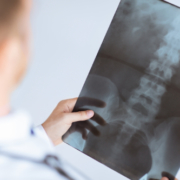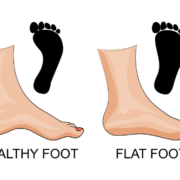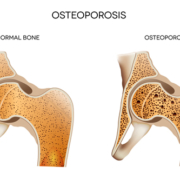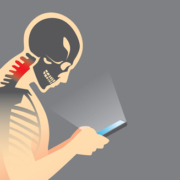Why Chiropractors Use X-rays As A Diagnostic Tool For Treatment
Most healthcare providers use x-rays as a diagnostic tool to treat a variety of patient complaints, including chiropractors. They can help doctors identify the source of a problem or if there is something more going on. X-rays can also help chiropractors determine the best course of action for treatment. To understand more, let’s take a closer look at what they are and how they’re used in most chiropractic offices.
What are x-rays?
An x-ray is a very vigorous form of electromagnetic radiation that is similar to radio waves, ultraviolet radiation, microwaves, or visible light that is used to view the internal composition of a person or thing. A beam is focused on a certain part of a person’s body, such as the back, it produces a digital image of the skeletal structure.
The beam passes easily through skin and other soft tissues, but is unable to pass through bone and teeth. Soft tissue that is denser, such as organs, ligaments, and muscles, will be visible, but will be captured in shades of gray. Areas like the bowel or lungs appear on the film as black.
The use of chiropractic x-rays
Chiropractic x-rays provide vital information that can affect how the chiropractor chooses to treat a patient. In some cases, chiropractic care or spinal manipulation may not be an appropriate course of action at that time and the patient may be started on a different, gentler therapy.
Other times, it can show the chiropractor how to best proceed in treating the patient. In short, patients are able to receive better, more well-rounded care which can better facilitate their healing and pain management.
Some of the benefits of chiropractic x-rays include:
- Identify a condition or symptom, such as a spinal tumor or lesion, that would provide a medical reason that a certain course of care should not be done.
- Obtain important biomechanical information that can aid in guiding treatment.
- To stay apprised and maintain a record of a patient’s degenerative process.
- Aid in identifying anomalies in the spine and joints that can affect treatment.
- Allows patients to better understand their condition and treatment plan, allowing them to take ownership of the process and be more involved in their therapy and healing.
What does a chiropractor look for on an x-ray film?
When a chiropractor takes an x-ray of a patient, they are looking for things in several very specific areas. The first thing they check is to make sure that there are no dislocations, fractures, cancer, infections, tumors, or other potentially dangerous conditions.
They then look for disk height and other signs of disk degeneration, bone density, bone spurs, joint spaces, and alignment. This allows them to identify conditions like scoliosis and other conditions that may require specific forms of treatment.
Many chiropractors prefer that the patient is in a weight bearing position when taking spinal x-rays. This differs from the majority of medical facilities which have the patient lie down.
The advantage of a weight bearing x-ray is that it allows for measuring such as with leg length deficiency, scoliosis, and the narrowing of joint space. It can also show that certain bones, such as the tibia and fibula, are separating which can be an indication of a torn tendon or problem with the joint. A non-weight bearing x-ray simply cannot provide the same perspective and vital clues to a patient’s condition may be missed.
Visit www.ocwc.ca to learn more about our clinic, doctors and therapists!










